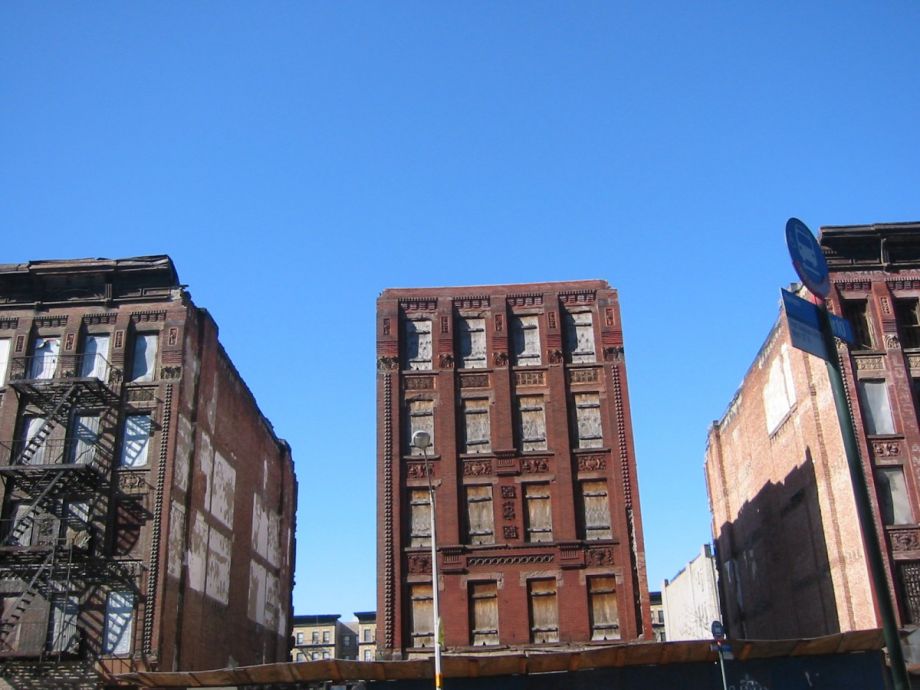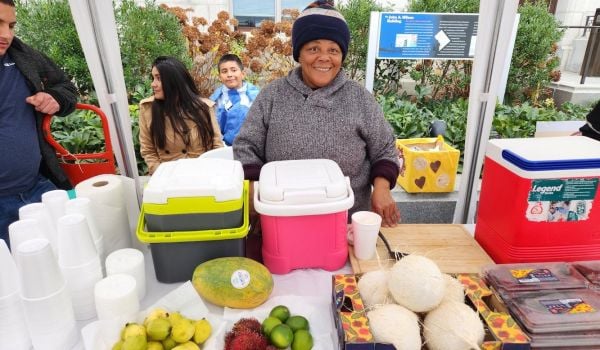As far back as July of 2007, Obama outlined his plan to combat urban poverty, should he win the election. His plan was to create 20 inner-city neighborhood-based programs modeled after Geoffrey Canada’s much celebrated Harlem Children’s Zone, which offers “cradle to career” services for impoverished children and their families over about 100 blocks of Uptown Manhattan. From “Baby College” for new parents to help finding internships for college students, HCZ is with its children every step of the way towards their careers. In their own words, the project is “a unique, holistic approach to rebuilding a community so that its children can stay on track through college and go on to the job market.” The HCZ program has been widely praised for its success, winning attention and praise from such strange bedfellows as Ira Glass, City Limits and American Express.
Nearly three years later, Obama has made good on his campaign promise. Just last Friday the Department of Education announced the Promise Neighborhoods program: $10 million in competitive grants for up to 20 organizations to plan for “the implementation of cradle-to-career services designed to improve educational outcomes for students in distressed neighborhoods.”
If that makes it sound like the program has an inherently urban focus — as Obama promised — you’d be wrong, it seems. I asked PolicyLink — a non-profit advocacy group who has launched an initiative to help eligible programs with the Promise Neighborhoods application process — President Judith Bell about whether the program has an urban focus or agenda, and she was quick with her response: “No, it’s not. It’s quite explicit that they’re looking for applicants…[from]…urban areas, rural areas, and tribal areas.” She went on to say that “certainly there’s nothing at all in here that would prevent a suburban community from applying…they’re looking for different kinds of geographies, different kinds of demographics, and they’re looking for indicators of distressed neighborhoods.”
This can be viewed as a cynical compromise on the administration’s part; they have tended towards bipartisan or slightly watered-down versions of all their campaign promises. Shying away from a program that focuses solely on urban areas fits nicely into this trend. On the other hand, it could reflect a better understanding of the new geography of poverty, recently discussed by Next American City’s Editor in Chief Diana Lind and Brookings’ Elizabeth Kneebone in the latest installment of the Metro Matters Podcast.
Still, a child growing up in Harlem, Detroit, North Philadelphia or East Oakland faces categorically different challenges than a child growing up in a newly-poor suburb. Entrenched, dense, urban poverty is different from suburban poverty caused by a massive countrywide loss of home equity. As Harlem Children’s Zone acknowledges, part of what they have to combat is “‘the street’ and a toxic popular culture that glorifies misogyny and anti-social behavior.” Their aim is to break the generational cycle of urban poverty, and a large part of that is cultural, hence the need for such a comprehensive program.
It is this holistic approach that sets Promise Neighborhoods aside from other federal education initiatives like Obama’s Race to the Top, or Bush’s No Child Left Behind. “Those were strictly focused on schools,” explains Bell, “This is about much more than just schools. It’s about academic success, but it’s also about family and community support.”
Like the Livable Communities Act, and perhaps-now-defunct WHOUA, the Promise Neighborhoods program aims to break down institutional barriers that inadvertently prevent the implementation of effective policy. According to Bell, that is a hallmark of many of the administration’s better policy efforts. “I cannot underscore how important that is: how much we know about helping communities is about busting silos, allowing people to innovate, allowing people to leverage resources from one program to another, allowing them to make the connections that build a better community which [is] not just about dollars for transportation, or dollars for schools, or dollars for health care, or dollars for housing. [It’s] about your ability to connect those to create a better community, a community of opportunity.”
Unlike No Child Left Behind — which focused primarily on standardized tests, and was arguably Bush’s largest anti-poverty effort — Promise Neighborhoods welcomes, even encourages, local innovation. “I think the Obama administration really understands that giving people the framework, giving them the principles, but allowing for local innovation is the pathway to success,” says Bell.
Applications for the planning grants are due on June 25, and Obama has set aside $210 million in the FY2011 budget for five-year implementation grants. Harlem Children’s Zone costs about $46 million a year to operate — Obama pointed out that’s what the war in Iraq costs every four hours — which is about $5000 per student per year. That is not cheap, but it amounts to about 1/4 of what it costs to keep an inmate locked in prison for a year. Those are two dark comparisons, but it was Obama who made them. Perhaps if he would end the wars, we could invest even more in our nation’s future.






_600_350_80_s_c1.jpg)









